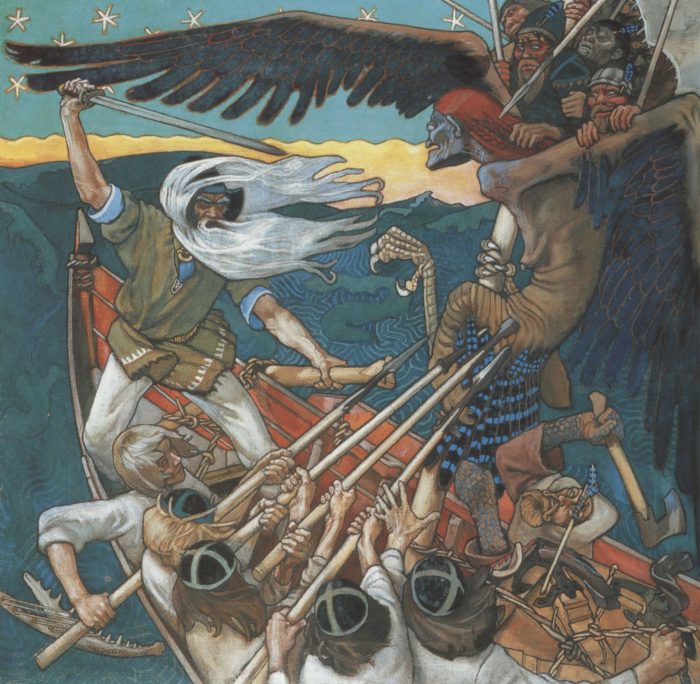A couple of particularly interesting stories this week:
1. Stonehenge built by Welsh?
We know little about the people who built Stonehenge - but analysis from suggests that the people first cremated there were Welsh: Stonehenge: First residents from west Wales
Lead author Dr Christophe Snoeck compared the levels of different forms, or isotopes, of the element strontium against a national database to work out where the cremated individuals spent the last years of their lives.
Strontium is present in many bedrocks. And different geographical areas have distinctive strontium signatures. So by matching the strontium "fingerprints" in human remains to the strontium profiles of different geographical regions, a person's place of origin can be roughly determined.
Dr Snoeck, who is now an international expert in cremation following a PhD at the University of Oxford, said that "about 40% of the cremated individuals did not spend their later lives on the Wessex chalk where their remains were found."
So it's possible that high-status people were being taken from Pembrokeshire - where the stones were originally mined - and buried at Stonehenge.
Which obviously raises the big question of what made a site in Wiltshire so attractive to the Welsh in the first place?
2. Ammonites play role in serpent legends?
An historical link between fossil ammonites and serpent legends gets discussion here: A Legend of Snakes and Stones | Hakai Magazine
On a wind-battered Yorkshire, England, coastline writhing with snakes, St. Hilda of Whitby, a spirited royal from Northumbria, closed her eyes and channeled divine power. The prayer she uttered turned every snake—icons of evil in Christian mythology—into stone and decapitated them in the process. Their headless corpses littered the bluffs below the monastery that St. Hilda established in 657 CE in what is now the town of Whitby.
The myth is one of many worldwide based on ammonites—ancient cephalopods closely related to cuttlefish and nautilus that died out around 66 million years ago.
However, what I find especially interesting are other famous snake legends: Medusa and the gorgons, and the Python of Apollo, both involve serpents and decapitation.
Is it possible that ammonites are also connected in some way to these major Greek stories?
3. Orkney mass burials followed Tsunami?
Geological evidence already tells us that at least one major Tsunami hit Scotland around 8,000 years ago - Storegga Slide - Wikipedia
Now a new theory suggests that some burials in Orkney and Shetland at least might be of Tsunami victims: Mass Burials Found On Two Scottish Islands Could Be Explained By A Controversial New Theory
They also point out certain commonalities between tsunami-related mass burials that seem to defy time and place – for example, the 2004 Indian Ocean tsunami and the 1896 Sanriku tsunami. These comparisons show that these mass burials can usually be found by the coast, in shallow trenches or pits, and are carried out with little to no thought to religious and cultural sensitivities. Also, because the most common cause of death in a tsunami-type scenario is asphyxiation, there may be little to no physical sign of trauma on the skeletons.
I was recently looking at a display in Inverness Museum that mentioned the Storegga tsunami event, and the impact here - in which case, it may be possible that other mass graves may also be connected with it.
4. Germany's oldest library found
Archaeologists in Cologne believe they have found Germany's oldest library, dating to around 2AD: 'Oldest library in Germany' unearthed
"At first we thought they were the remains of a space for public gatherings," Marcus Trier, director of the city's Romano-Germanic Museum said, but the walls had "unusual, cavernous structures".
After intensive research and comparison with ancient buildings such as the Ephesus in Turkey, the archaeologists were confident they had found the remains of what used to be a library.
...
The building likely housed up to 20,000 scrolls, according to Dr Dirk Schmitz, a researcher on the expedition.


